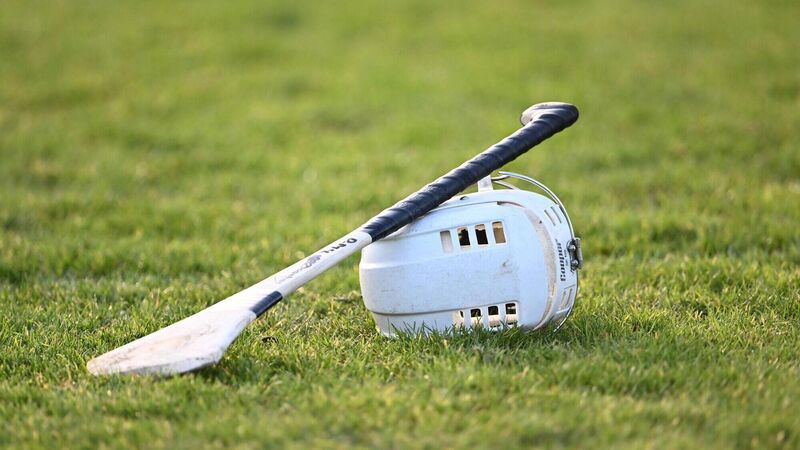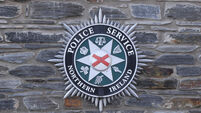Inter-county hurlers most likely to suffer concussion in last quarter of matches

Researchers at Ulster University analysed 96 incidents of suspected concussion — 58 in Gaelic football and 38 in hurling — from video footage of inter-county games in 2018/19. Stock picture: Piaras Ó Mídheach/Sportsfile
Inter-county hurlers are significantly more likely to experience a suspected concussion in the final quarter of a match than at any other stage of a game, according to the findings of new research.
However, the study found similar incidents involving blows to the head in Gaelic football are spread relatively evenly across all periods of games.
Researchers also found evidence to debunk the perception that stick-related impacts are the principal danger in hurling as they discovered that body contact was the primary method of such injuries.
The findings show shoulders and torsos are the main impact source of suspected concussions for hurlers, while it is arms in games of Gaelic football.
The authors of the study said their findings indicated that a re-evaluation of the conditions under which shoulder challenges in hurling are deemed legal might be warranted, while stricter regulation of arm-led tackles could be considered in Gaelic football.
The study by researchers at Ulster University aimed to identify mechanisms most associated with visible concussion signs and to provide evidence to inform the prevention and management of concussion within the GAA.
They conducted an analysis and coding of 96 incidents of suspected concussion — 58 in Gaelic football and 38 in hurling — from video footage of inter-county games played during the 2018-2019 season.
The study revealed that more than half of all suspected concussions in hurling occurred in the fourth quarter. It claimed the concentration of such incidents in the final quarter was notable as it echoed findings from studies of professional rugby union where higher rates of suspected concussion were reported during later stages of matches.
Researchers observed that the high intensity and continuous nature of hurling with rapid transitions, repeated sprints, and aerial contests may accelerate fatigue felt by hurlers. They said the results suggest that conditioning, substitutions, and awareness of fatigue-related risks may be particularly important in hurling.
The study found that 74% of incidents of suspected concussion in Gaelic football arose from illegal play and 66% of similar incidents in hurling.
The researchers said it was encouraging that most illegal contacts resulting in suspected concussions were penalised as it showed referees were generally effective at identifying and sanctioning dangerous play.
However, they expressed concern that almost a quarter of all illegal hurling incidents went unpenalised.
When it came to the type of play that led to incidents of suspected concussion, the study found that tackles accounted for significantly more cases than expected in both Gaelic football and hurling.
In contrast, shoulder challenges and off-the-ball collisions as well as goalpost impacts were significantly less frequent in both sports.
The ball-carriers were also significantly over-represented in the two codes in contrast to rugby where tacklers are frequent concussion victims.
The authors of the study said their findings, which are published in the , reinforce the central role of tackles, frontal impacts and ball carriers as high-risk contexts.
They observed that the results of the analysis also underscored the need for targeted rule enforcement, player education and management to reduce the risk of concussion in both codes.
The researchers said Gaelic football’s emphasis on hand passing may contribute to the prevalence of arm-led head impacts, while hurling’s tradition of shoulder challenges and stick use create different collision dynamics.
The study recommended that structured instruction on safe head placement, controlled engagements and avoidance of swinging arms could reduce the risk of concussion.
It also said referee training should continue to prioritise the identification and sanctioning of high-risk contacts.












